RUSSIA TO RESPOND TO NATO AGGRESSION WITH HYPERSONIC VECTORS
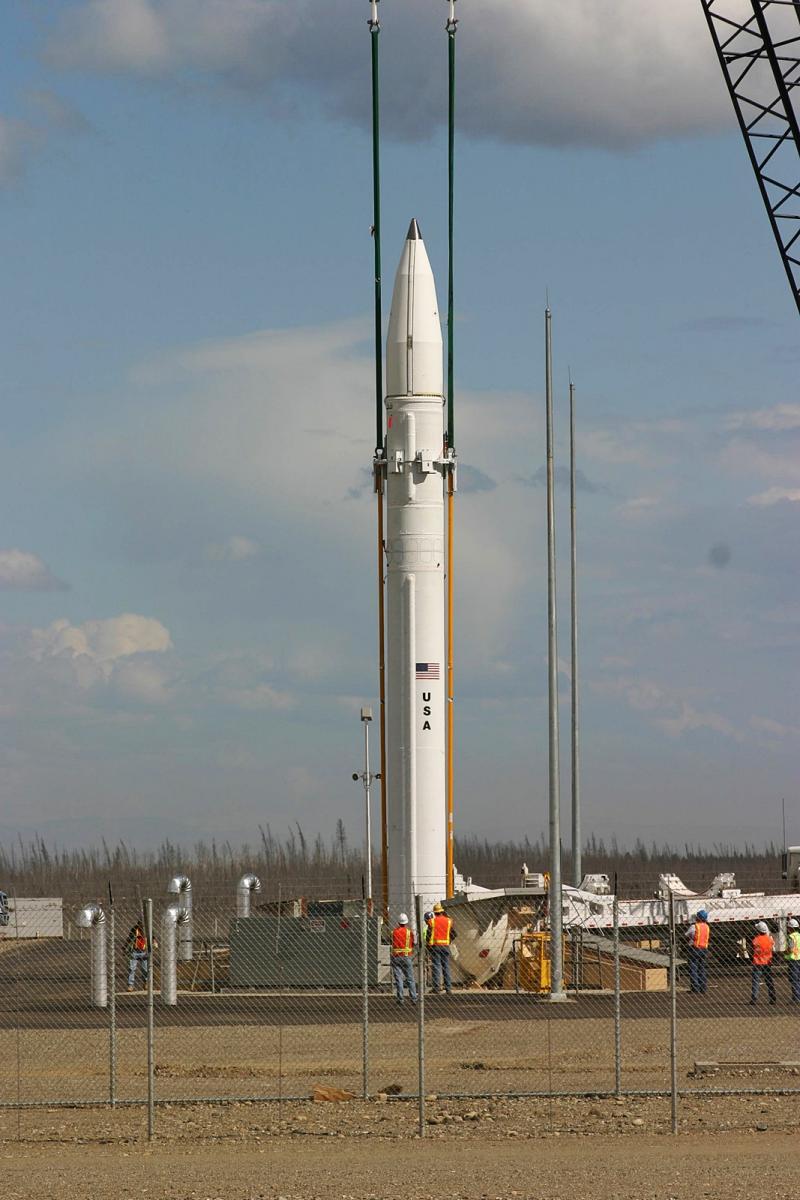
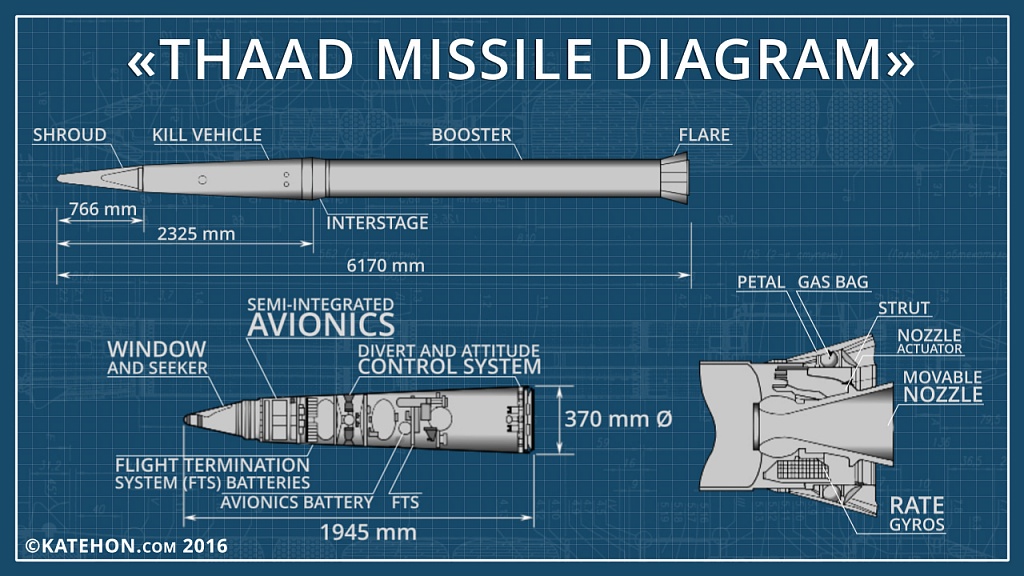

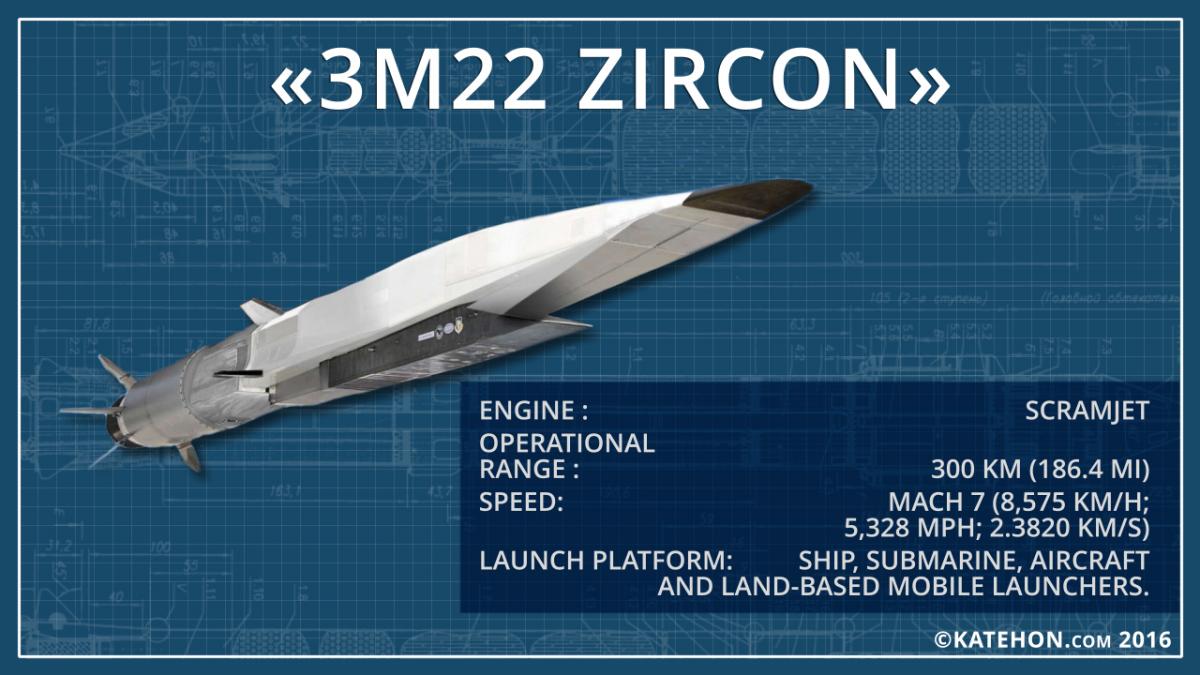
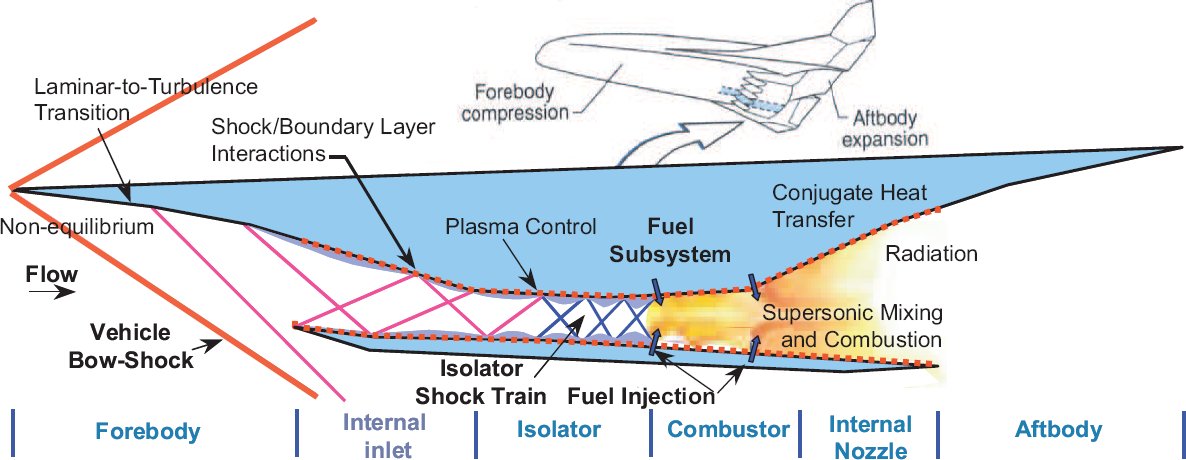
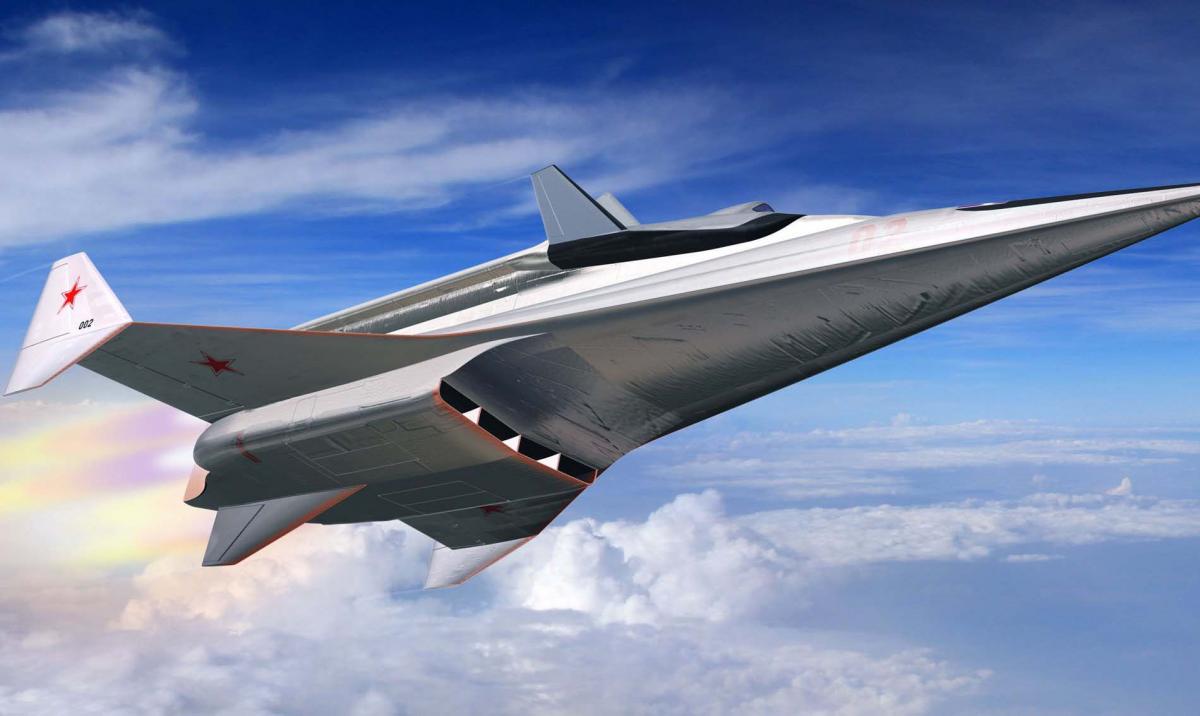








Saudi Arabia and the United Arab Emirates have followed the United States in funding a five-nation armed force designed to stop the march of Islamist extremists in Africa. But why is the Sahel, a semi-arid region just south of the Sahara Desert, causing alarm? Saudi Arabia pledged US$100 million December 13 towards a special anti-terror force…

The die is cast in Syria. The mother of all battles to eliminate US-supported terrorists in Idlib province looms. During a Tuesday Security Council session, Russia’s envoy Vasily Nebenzia repeated what he, Defense Ministry spokesman General Igor Konashenkov, and Syrian UN envoy Bashar al-Jaafari stressed earlier. “(U)ndeniable proof” shows US-supported terrorists and White Helmets infesting…

Russia’s recognition of “North Macedonia” disappointed many activists in what Moscow would have otherwise continued to regard as the Republic of Macedonia per its constitutionally legitimate name, but this purely political move shouldn’t have been all that unexpected in hindsight because it correlates with speculation that Moscow plans to take the lead in shaping the…

Despite the barrage of sanctions that the Russian economy got hit with at the start of the Russian military operation in Ukraine, the West’s economy seems to be taking the brunt of these sanctions instead of its intended target. On Friday, Russia’s Central Bank cut interest rates by 3% (from 20 to 17%). And, though…

Daesh’s takeover of a refugee camp in the US-controlled part of Syria is the last possible chance that Damascus has to liberate the northeast, but even attempting to do so is a serious gamble that might not even be undertaken because of its astronomically high strategic risks. Daesh unexpectedly came back from what most of…
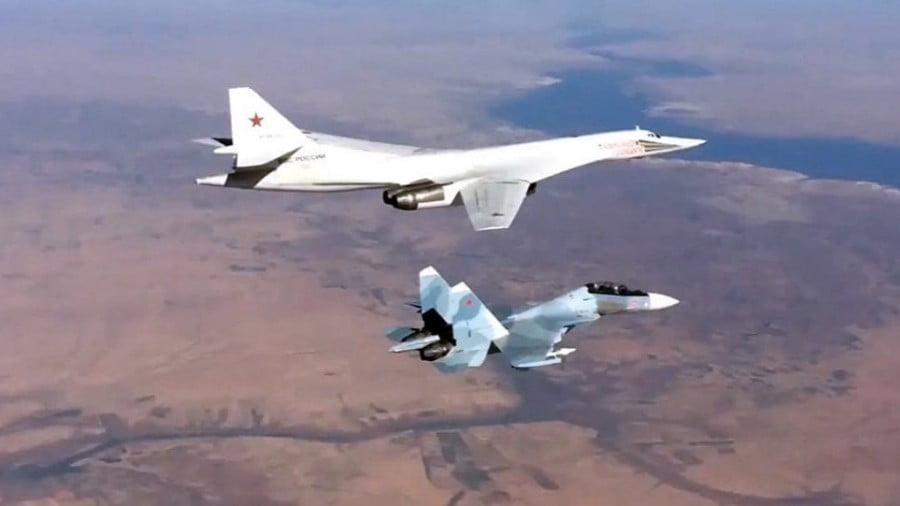
Russia’s military operation in Syria was launched on September 30, 2015. Over 63, 000 servicemen, including 26,000 commissioned officers and 434 generals, have seen combat there to receive invaluable experience. Russian forces have used 231 new types of advanced weapons, including aircraft, surface-to-air systems, and cruise missiles. It’s interesting to note that the representatives of…